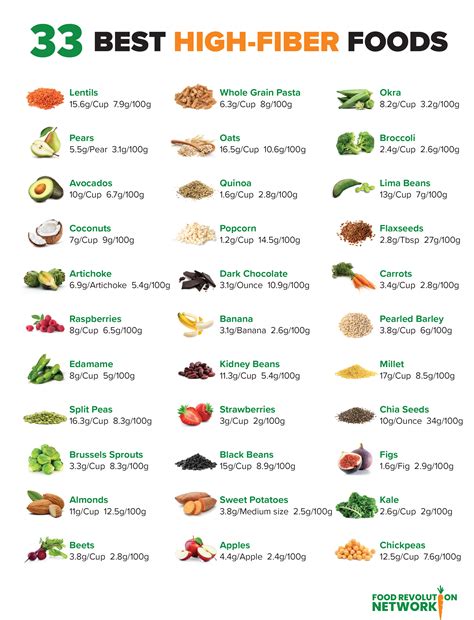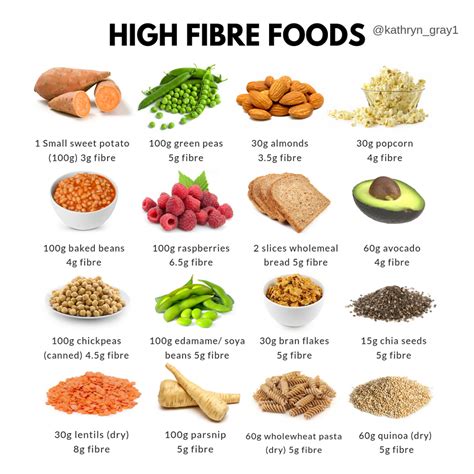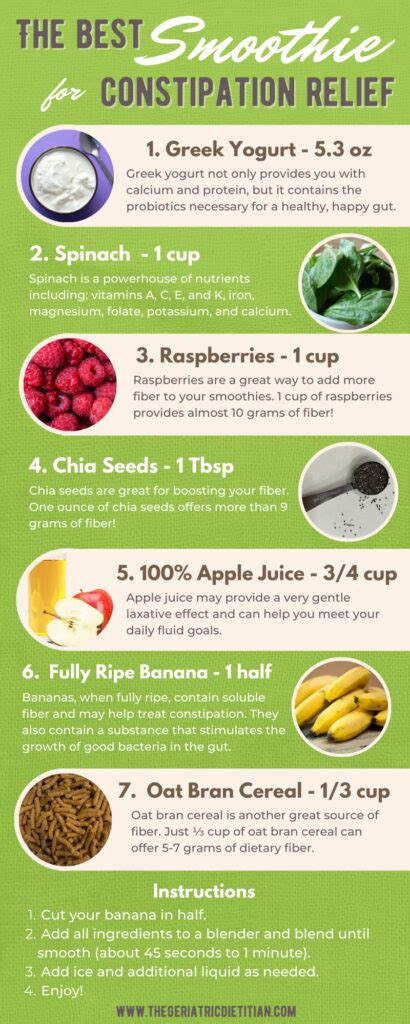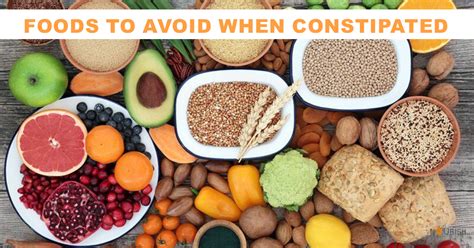Intro
Constipation is a common digestive issue that affects millions of people worldwide. It is characterized by infrequent bowel movements, hard or lumpy stools, and difficulty passing stools. One of the most effective ways to prevent and manage constipation is by incorporating fiber-rich foods into your diet. Fiber helps to add bulk to stool, soften it, and make it easier to pass, reducing the risk of constipation. In this article, we will explore the importance of fiber-rich foods for constipation, their benefits, and provide a list of high-fiber foods that can help alleviate constipation symptoms.
Fiber plays a crucial role in maintaining a healthy digestive system. It helps to regulate bowel movements, prevent constipation, and support the growth of beneficial gut bacteria. A high-fiber diet can also help to lower cholesterol levels, control blood sugar levels, and even aid in weight management. Despite its numerous benefits, many people do not consume enough fiber in their diet, leading to constipation and other digestive issues. The recommended daily intake of fiber is 25-30 grams, but the average person consumes only about 15 grams per day.
A diet rich in fiber can help to prevent constipation by adding bulk to stool and making it easier to pass. Fiber helps to absorb water, soften stool, and increase its size, making it easier to eliminate. This can help to reduce the risk of constipation, hemorrhoids, and other digestive issues. Additionally, a high-fiber diet can help to support the growth of beneficial gut bacteria, which can help to boost the immune system and produce certain vitamins. With so many benefits, it's essential to incorporate fiber-rich foods into your diet to maintain a healthy digestive system and prevent constipation.
Benefits of Fiber Rich Foods

Fiber-rich foods offer numerous benefits for digestive health and overall well-being. Some of the key benefits of fiber-rich foods include:
- Promoting regular bowel movements and preventing constipation
- Supporting the growth of beneficial gut bacteria
- Lowering cholesterol levels and reducing the risk of heart disease
- Controlling blood sugar levels and managing diabetes
- Aiding in weight management and reducing the risk of obesity
- Reducing the risk of hemorrhoids, diverticulitis, and other digestive issues
Fiber-rich foods can be categorized into two main types: soluble and insoluble fiber. Soluble fiber dissolves in water and forms a gel-like substance, which helps to slow down digestion and absorption of nutrients. Insoluble fiber, on the other hand, does not dissolve in water and helps to add bulk to stool and promote regular bowel movements.
Types of Fiber

Some examples of soluble fiber-rich foods include:
- Fruits: apples, bananas, berries
- Legumes: beans, lentils, peas
- Oats and barley
- Nuts and seeds: almonds, chia seeds, flaxseeds
Some examples of insoluble fiber-rich foods include:
- Whole grains: brown rice, quinoa, whole wheat bread
- Vegetables: broccoli, carrots, leafy greens
- Corn bran
- Wheat bran
High Fiber Foods for Constipation

Incorporating high-fiber foods into your diet can help to alleviate constipation symptoms and promote regular bowel movements. Here are some high-fiber foods that can help:
- Legumes: beans, lentils, peas
- Whole grains: brown rice, quinoa, whole wheat bread
- Fruits: apples, bananas, berries
- Vegetables: broccoli, carrots, leafy greens
- Nuts and seeds: almonds, chia seeds, flaxseeds
- Prunes and prune juice
It's essential to increase fiber intake gradually to allow the gut microbiome to adjust. A sudden increase in fiber intake can lead to bloating, gas, and digestive discomfort.
Tips for Increasing Fiber Intake

Here are some tips for increasing fiber intake:
- Start with small increments: increase fiber intake by 2-3 grams per day to allow the gut microbiome to adjust
- Choose a variety of fiber-rich foods: include a mix of soluble and insoluble fiber-rich foods in your diet
- Drink plenty of water: adequate hydration is essential for fiber to work effectively
- Limit processed foods: processed foods are often low in fiber and high in sugar, salt, and unhealthy fats
- Consider a fiber supplement: if you're having trouble getting enough fiber from food sources, consider taking a fiber supplement
Food Combinations for Constipation Relief

Certain food combinations can help to alleviate constipation symptoms and promote regular bowel movements. Here are some food combinations that can help:
- Oatmeal with fruit and nuts: the soluble fiber in oatmeal helps to slow down digestion, while the insoluble fiber in fruit and nuts helps to add bulk to stool
- Legumes with whole grains: the soluble fiber in legumes helps to slow down digestion, while the insoluble fiber in whole grains helps to add bulk to stool
- Vegetables with whole grains: the insoluble fiber in vegetables helps to add bulk to stool, while the insoluble fiber in whole grains helps to promote regular bowel movements
Food to Avoid for Constipation

Certain foods can exacerbate constipation symptoms and reduce the effectiveness of fiber-rich foods. Here are some foods to avoid:
- Processed meats: processed meats are often low in fiber and high in salt, sugar, and unhealthy fats
- Dairy products: dairy products can be low in fiber and high in saturated fat, which can slow down digestion
- Refined sugars: refined sugars can be low in fiber and high in empty calories, which can lead to digestive issues
- Fried foods: fried foods are often low in fiber and high in unhealthy fats, which can slow down digestion
Conclusion and Next Steps

Incorporating fiber-rich foods into your diet can help to alleviate constipation symptoms and promote regular bowel movements. By choosing a variety of soluble and insoluble fiber-rich foods, drinking plenty of water, and limiting processed foods, you can help to maintain a healthy digestive system and reduce the risk of constipation. If you're experiencing persistent constipation symptoms, it's essential to consult with a healthcare professional for personalized advice and treatment.
We invite you to share your experiences with fiber-rich foods and constipation relief in the comments section below. Have you found any specific foods or combinations that have helped to alleviate constipation symptoms? Do you have any questions about incorporating fiber-rich foods into your diet? Share your thoughts and questions, and let's work together to promote digestive health and well-being.
What is the recommended daily intake of fiber?
+The recommended daily intake of fiber is 25-30 grams.
What are some high-fiber foods that can help alleviate constipation symptoms?
+Some high-fiber foods that can help alleviate constipation symptoms include legumes, whole grains, fruits, vegetables, nuts, and seeds.
How can I increase my fiber intake gradually?
+You can increase your fiber intake gradually by starting with small increments of 2-3 grams per day and allowing your gut microbiome to adjust.
